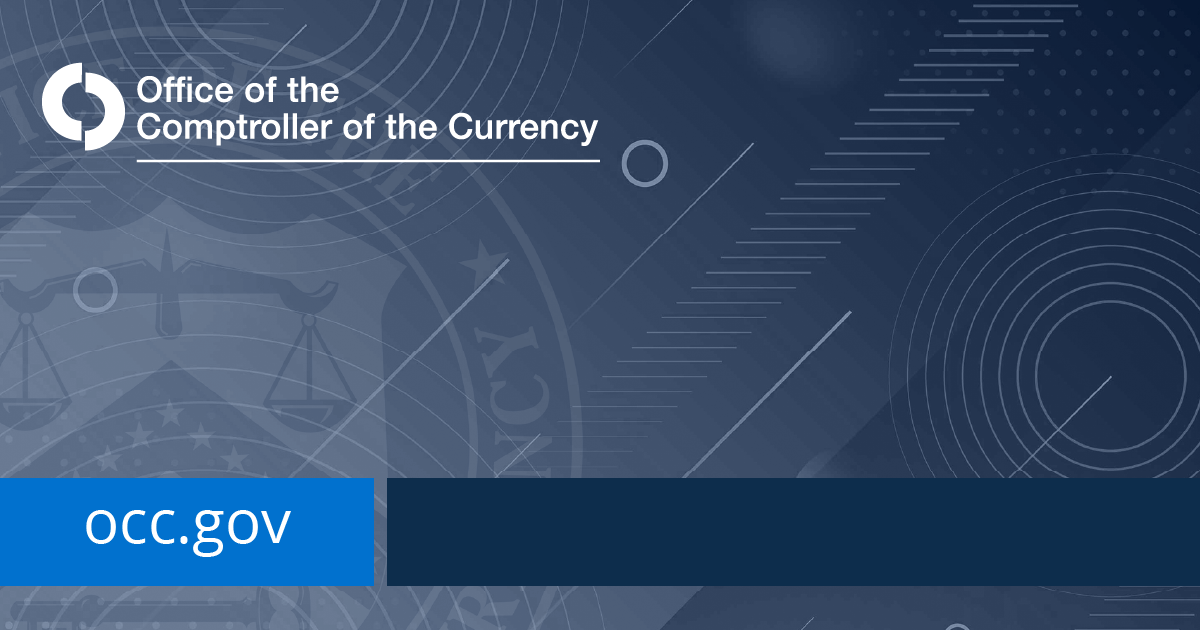This week, the digital assets autumn conference season saw Digital Asset Week (DAW23) come to London following fixtures in San Francisco and Singapore. The conference brought together leading global financial institutions and their later stage fintech partners, to announce the launch of the next wave of production digital assets applications for financial institutions (FIs).
Top tier players from JP Morgan, BNY Mellon, Standard Chartered, BlackRock, Invesco, UBS, BNP Paribas, Deutsche Bank, Goldman Sachs, State Street, SocGen, ABN Ambro, Citi, and Mastercard laid bare their playbooks for moving from proof of concept (POC) to production applications.
The launch pad has a steady stream of new digital assets apps moving into production from FIs furnished by their fintech partners from Ownera, Archax, Digital Asset’s Canton Network, TomNext, LRC, Consello Digital, HQLAx, Arta, LRC, Tokeny, Invenium, and many others.
This is what we learned.
The Offense Playbook: Liquidity Liquidity Liquidty
It’s all about liquidity: delivering better, faster, cheaper products to clients enabling greater and more liquid markets - the mobility of assets, collateral, and markets. Capital and operational efficiency is at the top of the list with products that improve balance sheet, treasury and collateral management driving lower prices, decreasing bid offer spreads, and reducing expenses.
Expect more over the coming months on “vanilla products” like the tokenization of ETFs, money markets, securities lending, and repo. Also continuing its run is the tokenization of fixed income where there is a lot of variation driving middle and back-office efficiencies gained through the transformation to digital assets.
The tokenization of precious metals and property are lining up, and the tokenization of private markets is coming back into focus after a lull for a few years, driven by higher interest rates -watch these spaces for early breakthroughs.
Private protocols and networks will lead for institutional real-world digital assets, public protocols may not stand up to scrutiny of the many jurisdictional laws and regulations, for a range of reasons.
As FIs build out on the “new rails”, don’t expect the “old rails” to disappear quickly. It took nearly 50 years for automobiles and tractors to displace horses on U.S. farms, Netflix hasn’t killed the cinema yet, you get the picture.
T0 (T Zero) settlement is a bit of a misnomer as the sector heads down the path of accelerated settlement times thanks to DLT – the new tech can do it, but most heritage products, businesses, tech, and some people can’t.
FIs are focused on “atomic settlement” occurring when and with the precision needed in the settlement window to meet clients and counterparty requirements. There are as many valid commercial reasons for T+x settlement for fiduciary controls and assurance across products and services, as there are reasons for the new T0 ones.
2024 is pitted as the year to keep heads down and move more digital financial market infrastructure (dFMI) and digital assets into production with greater scaling and adoption forecast for 2025 and beyond.
Buy Side education is at the top of the list for many. Ultimately, it is not about tokenizing real world digital assets, it’s about how easy it is to buy and sell great new products that make you or save you more money than the products you are buying or selling now.
The Defense Playbook: Show Me The Money
There are barriers to scaling digital assets into mature marketplaces and digital money is the first real one. Cash on ledger is the killer app that delivers a digital currency on the internet, the fiat on and off ramp for digital assets, and an enabler for the execution of atomic instructions.
Deposit tokens and institutional settlement tokens will lead here as most FI’s cannot wait for (wholesale) CBDCs. However, some remain mildly optimistic over the medium term, that commercial and viable CBDC solutions may make it to market. Stablecoins are rarely a consideration for the non-retail markets.
Digital asset asset servicing, custody, and settlement remain the Gordian Knot of scaling digital asset markets. Central security depositories (CSDs), central records of account, end of day accounting, and delivery versus payment (DVP) are just some of the areas that will need to be digitally redesigned for DLT. The opportunity to add yield to custodied monies money could accelerate this.
Protocol interoperability is the biggest friction point for greater digital assets scalability and true mobility across digital markets. No one wants to see their digital assets stranded on token island in a walled garden franchise. Protocol level interoperability standards are required for all digital asset classes, and not just digital securities, and are required now.
The Players Out In Front
Ownera, TomNext and Archax have launched a Money Market Fund, distributed via the Archax digital platform, across the Ownera FinP2P network in token form. Through the TomNext software, clients can access yield bearing money market funds intraday, enabling investors to benefit from tokenized access to this asset.
“Gone are the days of the proof of concepts” says Graham Rodford, Archax co-founder and ceo,
“We are now moving into production with several innovative projects which will start to demonstrate why we have been talking about this technology when applied to real world assets for over five years”.
JP Morgan, Ownera, HQLAx, and wematch.live will launch the world’s first intraday repo trading product supporting DVP transactions across DLT in January 2024. Traders can negotiate the exchange of securities with cash held at JP Morgan and settlement and maturity times can be negotiated to the minute. Interest is only accrued for the duration of the repo contract rather than overnight.
“The full potential of the intraday repo market cannot be realized unless capital can be swiftly deployed to meet changing intraday requirements and settlement times can be reduced to lower counterparty risk,” says Anthony Woolley, head of business development at Ownera,
“We now have leading companies such as HQLAx that are able to mobilize digital collateral and major banks with forms of digital cash such as JPM Coin.”
Digital Asset’s Canton Network has engaged several leading FIs with production applications across fixed income, repo, collateralized lending, and deposit tokens in a pilot with over 40 institutions to help scale production digital asset use cases and further develop interoperable standards for digital assets across different DLT protocols. The pilot will report out early in the New Year.
Yuval Rooz, co-founder and ceo of Digital Asset says, “Since the introduction of Canton Network earlier this year, we have witnessed tremendous engagement from global market participants. The pilot program has demonstrated the demand for interoperability for regulated institutions. For the first time, there is an open blockchain network that provides the privacy and control essential for financial markets, coupled with the interoperability and scalability necessary to maximize the technology's potential."
Larry Fink of BlackRock said in March that tokenization will be "the next generation for markets," and fired the starting gun. In October JP Morgan's Onyx launched the Tokenized Collateral Network (TCN) with BlackRock tokenizing shares in a money market fund and pledging them as collateral with Barclays for a derivatives contract.
Citi recently launched two digital asset Tokenized Deposits solutions under the umbrella of “Citi Token Services” targeting institutions, one enabling organizations to send tokenized money between Citi branches worldwide and 24/7, the other providing smart contract based bank guarantees for global trade.
Euroclear has just announced a digital bond issue a year on from issues from UBS and Six Digital Exchange and the EIB Bond issue involving Goldman Sachs, SocGen, and Santander. Euroclear has also launched its Digital Securities Issuance service facilitating the issuance, distribution, and settlement of fully digital international securities.
HSBC has launched tokenized ownership of physical gold on DLT that is held in its London vault that can be traded between HSBC and institutional investors on its Evolve platform. HSBC has also entered the digital asset custody market using technology from digital custody firm Metaco, joining BNY Mellon, and Standard Chartered’s Zodia in the digital custody race.
DTCC recently acquired Securrency in the U.S. to bolster its digital asset custody services while Copper acquired Securrency’s business in the Emirates, further heating up the competition in the market for digital asset securities servicing.
Goldman Sachs led the latest $95 million funding round for U.S. based Fnality with BNP Paribas, DTCC, Euroclear, Nomura, and WisdomTree signaling the importance of settlement tokens.
"Fnality’s application of blockchain technology offers a resilient way for institutions to use central bank funds across a wide set of potential use cases, including instantaneous, cross-border, cross-currency payments, collateral mobility and security transactions," said Mathew McDermott, Goldman's global head of digital assets.
The U.K Rules Officials And Referees
London is a global financial center, and the talk of the conference was around how (global) FIs, highly experienced with regulated securities, are mostly clear about how to deliver tokenized digital assets within jurisdictional securities regulations. However, reducing the friction points on the old rails while moving to the new rails is at the top of the agenda for most of the front line players.
Solutions to some of these friction points will be able to be tested in the new Digital Securities Sandbox to be launched by HM Treasury in the first quarter of 2024. The sandbox is intended to be a safe testing ground for new DLT based financial market infrastructure to help to determine if exiting securities legislation or regulations require revisions to principles to better reflect the enhanced capabilities offered by new blockchain and digital technologies.
The Financial Conduct Authority (FCA) has signaled its doors are open to FIs and fintechs and is encouraging a greater dialogue with industry on digital assets and securities regulations. This is a welcome signal and one that the sector is hopeful will usher in a new era of (more) open collaboration with regulators, including cross border collaboration on digital asset trade and settlement.
As the digital space race heats up in financial services, the U.K. is doing everything it can to maximize its strength as a global financial services center and fintech hub, to attract FIs and dFMI in the race to become a premier global hub for digital assets.
With the new Financial Services and Markets Act and the Electronic Trades Document Act, also know as the blockchain bill that doesn’t mention blockchain, the U.K. Government has demonstrated it can pass progressive digital legislation at breathtaking pace.
A new Digital Assets Bill is on its way and will enshrine digital assets as new category of property, composed of electronic data, in law with the legal rights of property ownership.
Lord Holmes of Richmond, in his keynote address to delegates at Digital Assets Week London, summed up the U.K. Government’s contribution to the digital space race saying, “The Electronic Trade Documents Act clearly demonstrates how the U.K. can effectively legislate for the opportunities of our new technologies. We can develop this approach with the draft Digital Assets Bill, similarly, drafted by Professor Green and her excellent team at The Law Commission.
“This incremental, pacey approach to technology neutral and technology future proofed legislation, will enable citizens, companies, cities and the whole of the country to gain optimum advantage from the U.K.’s unique combination of its financial services ecosystem, new technologies businesses, and our great good fortune of English common law.”




























